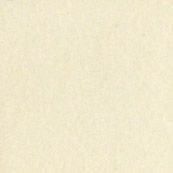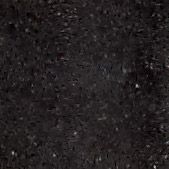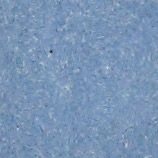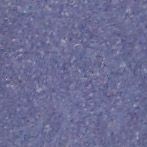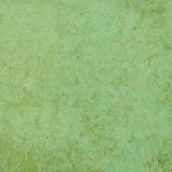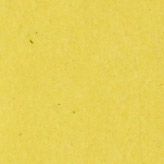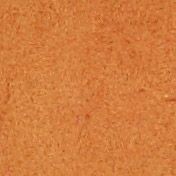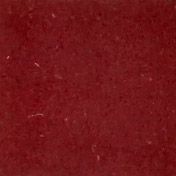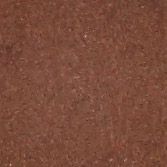Abraham Werner´s nomenclature of colors
A recreation with scans of the original 1821 color guidebook colors by Nicholas Rougeux. They are extracted from the scanned copy on the Internet Archive. It is possible to use the patterned scans as tiles.
Every color has a name, a description of where the color can be found in the natural world, like an animal, a vegetable, and a mineral. Nicholas even added photographs of those references to the colors.
Before photography became commonplace, colorful details were often captured by the written word and Werner’s guidebook served as one of the best guides for classification. Charles Darwin even consulted it for reference during his voyages on the HMS Beagle while researching natural history.
In the late 18th century, German mineralogist Abraham Werner devised a standardized scheme for classifying colors which was later adapted and revised in the 19th century by Scottish painter Patrick Syme.
Syme enhanced Werner’s original guide by including painted swatches for each color based on Werner’s precise descriptions and examples of where to find the colors in the natural world.
